Most wedding invitations arrive with a thrill of anticipation and a quiet puzzle to solve: what does the dress code really mean for me, my body, the season, and the venue. Couples use attire guidance to curate the mood of the day, so decoding those few words on the invite is as much about respect as it is about style. When guests read “black tie optional” or “festive cocktail,” they are being invited into a specific visual story. Understanding the dress code helps you show up confidently, blend in with the event’s aesthetic, and still feel like yourself. The goal is elegance with ease, not a costume that pinches by the second course.
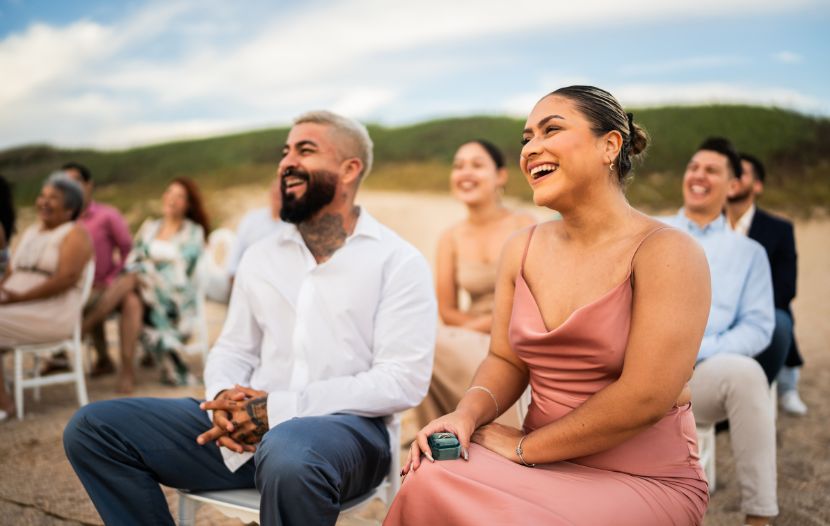
Why Dress Codes Matter at Weddings
Dress codes do more than regulate hemlines. They harmonize hundreds of individual choices into a cohesive atmosphere that photographs beautifully and honors the couple’s vision. A candlelit ballroom with crisp florals and live strings calls for deeper colors, sleeker fabrics, and formal silhouettes, while a sun-washed coastal ceremony leans into breathable textures, lighter palettes, and relaxed tailoring. Etiquette is part of the picture too. Dressing with intention is a quiet way of saying thank you for the invitation and the months of planning behind it. It also prevents awkward misfires, like showing up in beach sandals to a marble-floored museum or wearing a sundress to a winter soirée where everyone else is in velvet and tuxedo wool.
How to Read an Invitation Like a Stylist
Before you even Google the dress code, gather clues from the details. Time of day signals formality. Daytime ceremonies typically skew lighter and slightly less formal, while evening celebrations invite richer tones, more embellishment, and elevated fabrics. Venue hints are powerful. Historic hotels and city clubs suggest classic tailoring and polished shoes. Vineyards and gardens welcome romantic florals, soft movement, and block heels that can handle grass. Season matters for comfort and color. Spring favors airy layers and pastels, summer wants breathability and sun-safe sleeves or shawls, fall embraces saturated jewel tones and texture, winter rewards heavier fabrics with a subtle sheen. If the invitation includes a palette or a mood board on the couple’s website, align with it without matching the bridal party.
The Big Rules That Always Apply
There are a few universal norms that simplify everything. Do not wear white, off-white, or anything that reads bridal on camera. Avoid ultra-casual pieces like ripped denim, gym sneakers, and logo tees. Keep silhouettes tasteful, remembering that grandparents and young cousins will be present. If you know the bridal party color, choose a neighboring hue rather than a twin. Err slightly on the dressier side if you are unsure, since it is easier to remove a statement earring or switch to a lighter jacket than to invent formality you did not pack.
Decoding Every Common Wedding Dress Code
Below are the most frequent terms you will see on invitations and what they look like in real life, with fabric ideas, color guidance, and smart accessory choices so your outfit feels intentional rather than improvised.
White Tie
This is the pinnacle of formality and rarely requested but unforgettable when it is. Men wear a black tailcoat with matching trousers, a formal white shirt with wing collar, a white vest, a white bow tie, and patent oxfords. Women choose floor-length ball gowns in luxurious fabrics like silk mikado, satin, or layered tulle, styled with refined jewelry and evening gloves if the invitation suggests them. Hair is typically dressed, not loose. Colors lean classic and saturated. Hemlines sweep the floor. Outerwear should be equally formal, think opera coat or shawl in rich material, not a casual puffer.
Black Tie
Evening glamour without the tailcoat. Men wear a tuxedo with a black bow tie and a crisp white shirt; a subtle waist covering like a cummerbund or low-profile vest elevates the look. Patent leather shoes keep everything sleek. Women usually choose full-length gowns or very polished midi dresses in satin, crepe, velvet, or chiffon. Darker palettes flatter low light and candlelit rooms, but colored gowns are welcome if the silhouette is formal. Jewelry should read intentional rather than maximal. A small structured clutch and a shawl that complements the fabric finish the look.
Black Tie Optional
Think of this as formal with flexibility. Men may wear a tux or a deep charcoal or navy suit with a conservative tie and leather dress shoes. Women can choose a long dress, a dressy midi, or refined separates with evening details like a draped neckline or soft shine. Fabrics matter here. A simple silhouette in a luxe fabric looks more appropriate than a complicated shape in a casual knit. Keep accessories elegant and consider a bolder lip or a clean updo to push the outfit toward evening.
Formal or Evening Attire
A half step down from black tie. Men wear a dark suit with a dress shirt and tie, polished shoes, and a pocket square to sharpen the lines. Women opt for long dresses, tailored jumpsuits, or cocktail-length silhouettes that feel substantial and intentional. Choose materials with body like crepe or faille, or a flowing chiffon balanced with a structured blazer. This code loves harmony. If the venue is grand, deepen your palette and add an evening wrap. If it is a sunlit loft, lighter tones still feel formal when paired with a sleek shoe.
Cocktail Attire
The most common modern code and the easiest to personalize. Men wear a suit in navy, charcoal, or seasonal tones with a dress shirt; a tie is recommended but can be playful. Polished loafers or oxfords finish the look. Women choose knee-length or midi dresses, dressy jumpsuits, or chic separates. Think movement in the skirt and a detail at the neckline or sleeve. Colors range widely, but the finish should be elevated. Pair with a medium heel or sophisticated flat, a compact bag, and jewelry that reads celebratory without overpowering your face.
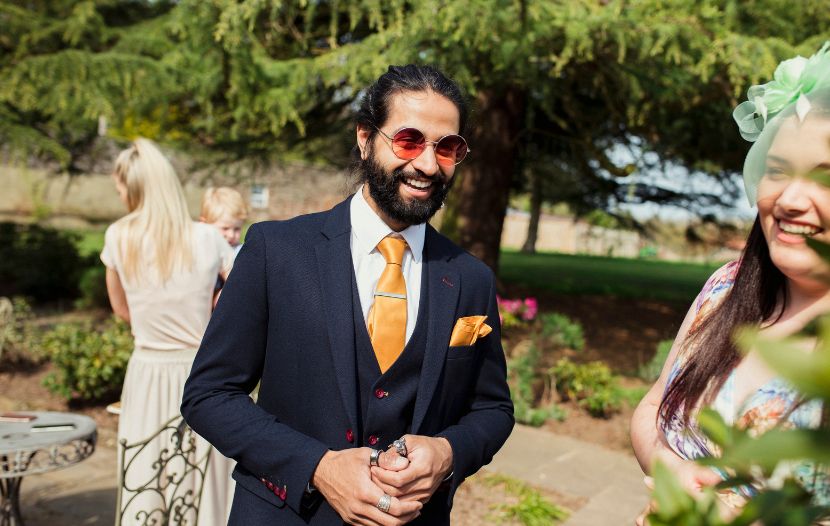
Semi-Formal
Polished yet relaxed, especially for daytime. Men can wear dress trousers with a blazer or a suit without a tie. A leather belt and clean shoes keep it smart. Women can wear day-to-evening dresses, skirts with blouses, or tailored jumpsuits in lighter fabrics. Prints feel at home here, as do softer silhouettes. Keep hemlines appropriate and add a jacket or cardigan if the ceremony is in a house of worship.
Festive Attire
Formal enough for a wedding but with permission to play. Men can choose a suit or blazer with a colorful tie or pocket square. Women can lean into saturated hues, shimmer, and statement accessories. The trick is to choose one or two playful elements while keeping the base silhouette refined. A jewel-tone midi with metallic sandals, a sleek jumpsuit with sculptural earrings, or a classic suit with an unexpected silk shirt are all on code. If the venue is high glamour, let color and texture do the talking rather than novelty pieces.
Casual or Daytime
Still dressy by everyday standards. Men wear chinos or dress trousers with a button-down or knit polo, plus leather shoes or clean loafers. Women choose sundresses, skirts, relaxed jumpsuits, or tailored separates. Fabrics should be breathable and neat. Denim, flip-flops, and athletic shoes remain off limits. If the ceremony is outdoors, carry sunglasses for arrivals and a hat only if the couple’s site suggests it, removing both before photos and indoor moments.
Destination and Themed Weddings
Destination events fold the setting into the dress code. Beach ceremonies favor linen suits, airy cotton, and woven textures that handle wind and salt air. Garden or vineyard venues appreciate florals, soft prints, and block heels that won’t sink. Mountain lodges reward velvet jackets, wool blends, and dress boots with weather-safe soles. Themed weddings work best when you translate the idea into your own style. For a Gatsby theme, you might choose a beaded midi and a sleek brushed wave rather than a full costume. The aim is participation with polish.
Comfort and Fit That Last From Ceremony to Last Dance
A wedding outfit has to perform for hours. Prioritize breathable linings and stable waistbands, and do a full try-on that includes sitting, greeting hugs, and a few dance steps. New shoes can be tamed with suede heel grips and clear blister strips tucked in your clutch. Bring a discreet mini kit with a stain wipe, safety pin, fashion tape, and a few ibuprofen. For summer sun, think sheer scarf for shoulders, no-flash sunscreen, and a light powder to control shine. For winter, layer with a dress coat that complements the outfit rather than a practical parka you will regret in formal photos.
Color, Fabric, and Print by Season
Spring
Spring rewards lightness and movement. Women can reach for chiffons, organza overlays, satin-back crepe, and prints with air between motifs so the eye can rest. Men can try lighter suits in stone, air force blue, or gentle glen checks with crisp white shirts. Pastels photograph beautifully, but ground them with one structured element like a belt, clutch, or heel so the outfit does not float away in daylight.
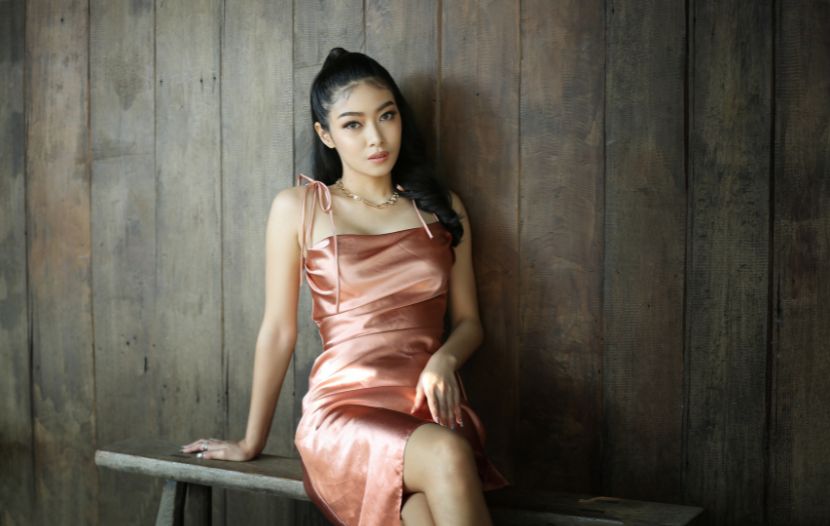
Summer
Breathability is the superpower. Linen blends, cotton sateen, silk crepe, and open weaves keep you cool. Colors can be bright or citrusy, and metallic accents pick up golden hour. Men might switch to an unlined blazer and a looser tie knot or skip the tie when the code allows. Hats may be practical outdoors but remove them for photos and formal parts of the program.
Fall
Saturation and texture come forward. Think burgundy, forest, midnight blue, and marigold alongside tactile fabrics like velvet, faille, and smooth ponte that holds structure. Women can choose sleeve interest and longer hems that swirl nicely in breeze. Men’s suits in deeper shades with a knit silk tie feel seasonal without reading corporate. Leather shoes with a subtle shine finish the look.
Winter
Winter weddings glow under incandescent light. Satin, velvet, brocade, and sequins read festive while wool suiting keeps warmth without bulk. Jewel tones, metallics, and deep neutrals complement candlelight. Add opaque tights if needed and choose outerwear that belongs in the same dressiness tier as your outfit. A sleek wrap coat or faux-fur stole beats a technical jacket every time.
Accessories That Make the Dress Code Click
Accessories translate a code instantly. A narrow bow tie or a patent pump pulls black tie together. A block heel sandal and botanical earrings say garden party without words. Compact clutches are more formal than oversize totes. Belts should match shoe tone for men in suits. Watches can be minimal by day and metal bracelet style by night. If you like hats or hairpieces, keep scale modest unless the invitation or culture calls for something grander.
Footwear Strategy for Real Venues
Shoes can make or break the night. If the ceremony is on grass, block heels or wedges stop sinking while slingbacks add elegance. For cobblestones or historic brick, a wider heel base and rubberized sole protect your ankles. Men should resole smooth leather before the event to avoid ice-rink moments on polished floors. Pack foldable flats for the dance floor, especially with long gowns that hide them.
How to Avoid Clashing With the Bridal Party
If you happen to know the bridal palette, choose nearby tones rather than duplicates. When in doubt, neutrals with character are safe: deep navy, mineral green, smoky plum, champagne metallics that are clearly not bridal white. Avoid styles that echo bridal details like lace white sheaths or tulle-heavy skirts. The camera reads categories, not labels, so choose an adjacent category and you will look coordinated without blending into the lineup.
Special Notes for Different Guest Roles
Parents of the Couple
You are in many photos. Choose formal silhouettes that nod to the dress code while complementing the wedding palette. For mothers, elegant sleeves, refined necklines, and a hem that permits comfortable walking are smart. For fathers, a tux or deep suit with a subtle boutonniere polish the frame. Comfort counts because you will greet, toast, and move constantly.
Members of Faith Communities and Houses of Worship
Research modesty guidelines if the ceremony is in a religious space. A scarf, bolero, or tailored jacket solves most coverage concerns without compromising style. Men may need jackets inside certain sanctuaries. A respectful layer you can remove for the reception offers flexibility.
Plus-Size and Petite Considerations
Fit is your best accessory. Tailor waist placement, hem length, and sleeve proportion so the garment meets your body rather than asking your body to meet the garment. Structured knit crepe, bias-cut satin, and soft suiting flatter a wide range of shapes. Petites often benefit from uninterrupted vertical lines and a heel with a low vamp. Plus-size silhouettes shine in fabrics with weight and drape that skim rather than cling.
Quick Reference Lists for Each Code
Black Tie
- Men: tuxedo, white shirt, black bow tie, patent shoes
- Women: floor-length gown or formal midi, evening clutch, refined jewelry
- Fabrics: satin, velvet, crepe, chiffon with structure
Black Tie Optional
- Men: tux or dark suit with tie
- Women: long dress, chic midi, tailored jumpsuit
- Tip: elevate with fabric quality and polished accessories
Formal or Evening
- Men: dark suit, tie, leather oxfords
- Women: long dress or cocktail with substance, structured topper
- Palette: richer tones, minimal print
Cocktail
- Men: suit in navy or charcoal, playful tie allowed
- Women: midi or knee-length dress, jumpsuit, celebratory jewelry
- Shoes: mid heel or elegant flat
Semi-Formal
- Men: blazer and trousers or relaxed suit, tie optional
- Women: day-to-evening dress or separates, tasteful prints
- Add: cardigan or jacket for ceremony spaces
Casual or Daytime
- Men: chinos, button-down, clean loafers
- Women: sundress, tailored jumpsuit, neat sandals
- Avoid: denim, athletic sneakers, beach flip-flops
Frequently Asked Questions
Can women wear pants to a wedding
Yes. Tailored jumpsuits and suiting are chic and fully appropriate in every code except strict white tie. For formal and black tie optional, choose elevated fabric, precise tailoring, and dressy shoes. Add jewelry and a compact bag to signal occasion.
Is black acceptable for guests
Absolutely for evening and formal settings. Black is elegant on camera and pairs well with metallics or a jeweled earring. For daytime garden weddings, soften black with a floral scarf, light shoe, or texture so it feels seasonally aligned.
What if the invite says no dress code
Use the venue and time of day as your guide. A Saturday evening hotel reception usually means cocktail to formal. A noon backyard ceremony suggests semi-formal or elevated casual. When genuinely uncertain, ask the couple’s planner or a member of the wedding party with a quick, polite message.
Can I wear red
Red is dramatic and often welcome, especially in evening settings. Avoid bridal-party shades if you know them and choose a refined silhouette. In cultures where red holds symbolic meaning, it may be especially appropriate. If you are unsure, a deeper burgundy or crimson reads sophisticated and safe.
Are open-toe shoes okay
Yes for most venues, particularly spring and summer. In churches or colder months, closed-toe pumps feel more traditional. Bring heel protectors for lawns and consider a second pair for dancing if your formal shoes are delicate.
How do I stay comfortable all day
Choose breathable linings, secure waistbands, and shoes you have tested at home. Bring a small kit with fashion tape, stain wipes, and blister strips. Eat something light before the ceremony and hydrate. Good posture and confidence are half the outfit.
Putting It All Together
Dressing for a wedding is not about rigid rules. It is a partnership between your personal style and the couple’s vision. When you read the invitation for clues, consider the venue and season, and choose fabrics and accessories that align with the code, you end up with an outfit that looks right and feels right. The measure of success is simple. Can you greet, toast, pose for photos, and dance without fussing with your clothes. If the answer is yes, you have respected the day and honored yourself at the same time.


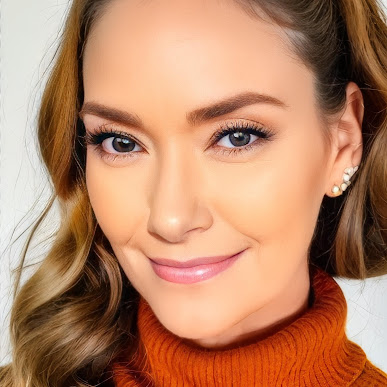
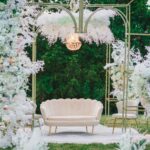

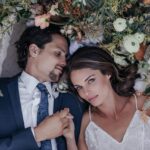
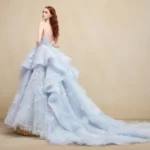
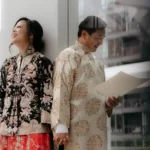

Leave a Reply